Credit: http://nowastedink.com/
Take a word. Place that word in the center of a sheet of paper and circle it. Let the word tease your brain. Allow related ideas, words or concepts to be inspired by this word. Write down those new ideas around the word. Draw lines to connect them. Major categories of your ideas radiate from this central node to lesser categories and sub-branches, creating a spider’s web of images, colors and text. The final form might seem to be a jumble, yet it is a direct mirror to how the human brain thinks. A mind map is a diagramming tool and is used to generate, visualize and classify ideas as well as solving plot problems, and making decisions about which way a story should progress. Your map should be visually stimulating with color coded branches and boxes.
When I’m first beginning a novel’s outline, I like to use mind maps to help generate characters and plot points. The character information will be plugged into various character sheets and the plot points and their branches are turned into outline bullet points.
Overall Plot Mind Map
Start with a central Node, the title of your book.
Create Hubs around it: Characters, Timeline, Settings, Plot.
In each hub, brainstorm ideas that fit in each category.
Turn your map into a general outline.
Next I generate mind maps for each of the points that I come up with in the hubs. Two examples are:
Character Generation Mind Map
Write the name of your character in the center of a sheet of paper.
Around the name, write several hubs around the name: emotions, habits, relationships, location.
Around each of these hubs fill in the related information.
Take this mind map and transfer the information you’ve brainstormed into your character sheet.
Keep the mind map as a reference in the file with the character.
Plot Generation Mind Map
Think of an moment in time that will happen in your novel.
Create hubs around your central event node.
Hubs: Characters in event, new events that spawn, emotions felt, character growth connected with event.
Link each events node in a loose timeline to create a rough plot outline.
I am a paper person and write my mind maps in a composition notebook with my fountain pens. However, there are several programs that will create mind maps that are not only neatly printed, but will transfer directly into Word documents or into your Scrivener research files. One of the benefits of using these programs is that you can convert your mind map into an outline form in the program and plug this directly into Scrivener.
I have included a review of five of the the mind mapping software programs below. I have not been approached by any of the makers of these programs to review their software, this is simply my own recommendation. All of them are either free or have a basic starting program that is free of charge.
This was the first mind map program that I used when I started creating the maps. The program is free and easy to learn. I find that it is still somewhat linear in design and relies mainly on text. However, you can color code the text and branches and it does create a neat looking map. I can recommend it, but I do not find it as visually appealing as some of the other programs that are available on the Internet today.
I love the visual maps that this program creates. While it still retains the text based aspects of other software mind maps, it includes enough graphics to personalize your maps and make them more into the visual tools you need to create characters and plots. The program also will export your maps in a myriad of formats, such as Microsoft Word, Microsoft PowerPoint, PDF, Text, RTF, HTML, PNG, JEPG, GIF, BMP, and Freemind, making it easy to integrate with MS Office or Scrivener. The program has a basic version that is free and a paid upgrade if you need more features. However, I find the free version seems to work well enough for most uses.
This mind map software is probably the most minimalist in the list, but sometimes being simple is an asset. You log into the service and can create a fully functional mind map using directional arrows and the insert key to add your nodes. Once you complete your basic mind map, you may export the file to a text outline, PDF, JPG, PNG, or GIF. If you choose to upgrade from the free version, it gives you the ability to export your maps to Freemind and you can make your map searchable.
Many people say that is is one of the more intuitive mind maping software systems available today. I enjoyed the free seminars on how to use the program to not only brainstorm ideas, but to use “your online brain” to keep your information handy and to use as a planner. This is another program that offers a free version and a paid one. It is compatible with Windows, Mac and Linux.
Prezi is rather new to me. It is a mind map and yet it plays like a powerpoint presentation. You can add in text boxes, videos, or images to serve as your nodes and hubs. I found it fun to use as a general mind map, but I can see more applications for the program as you learn to use it. This mind map program is only online. If you use the free version, all your data is searchable on the internet, so I would not recommend it to be used for anything you wish to keep private. The paid version offers more security for your data.




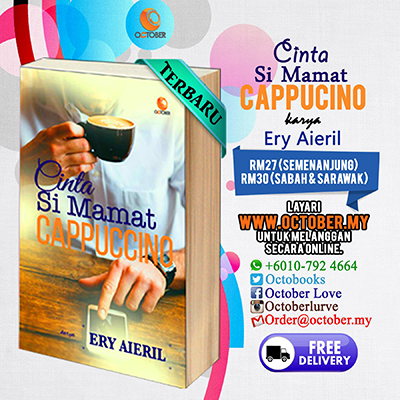

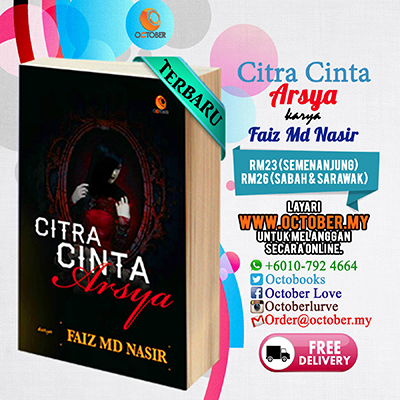


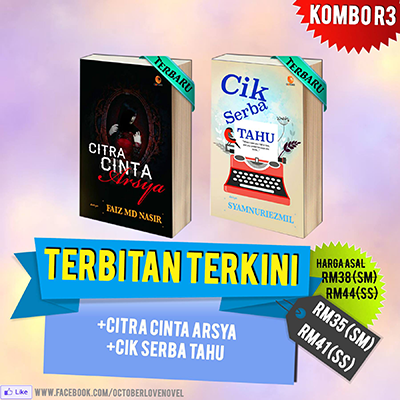
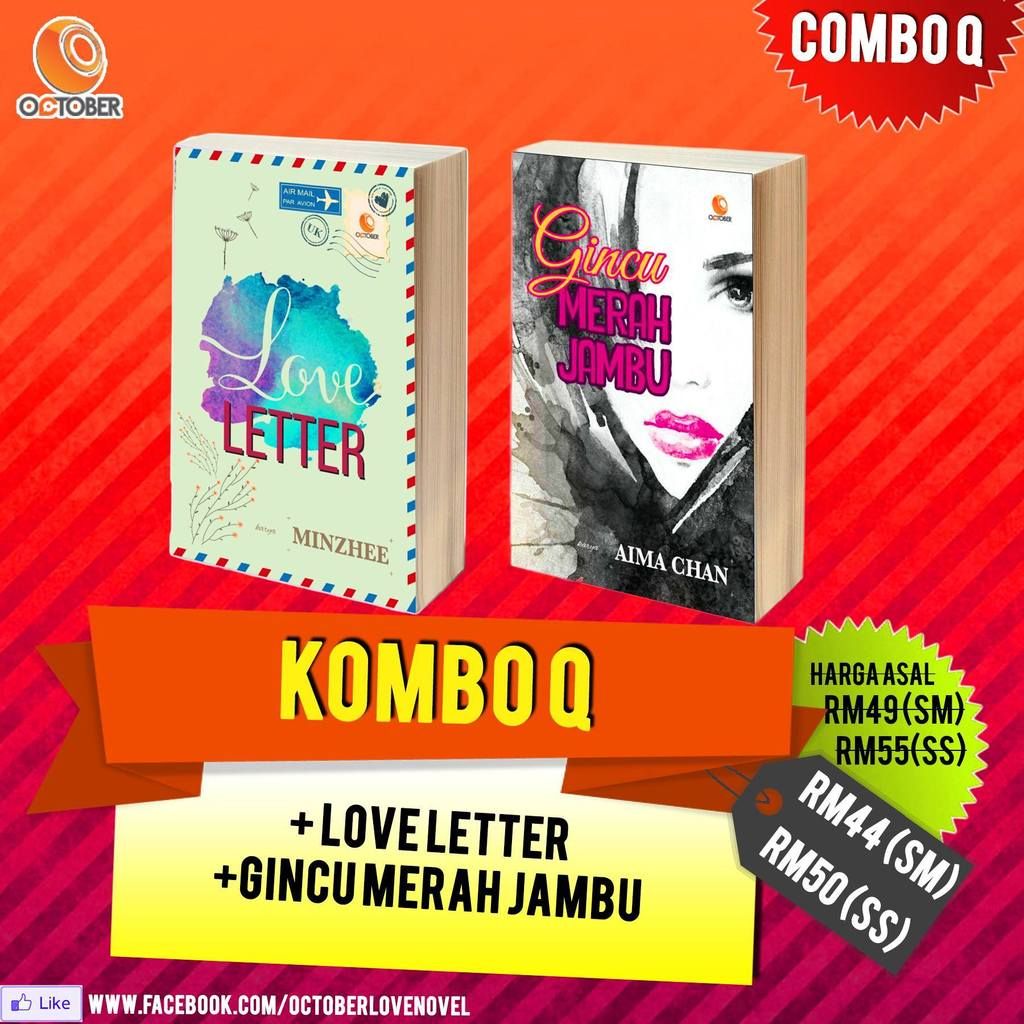

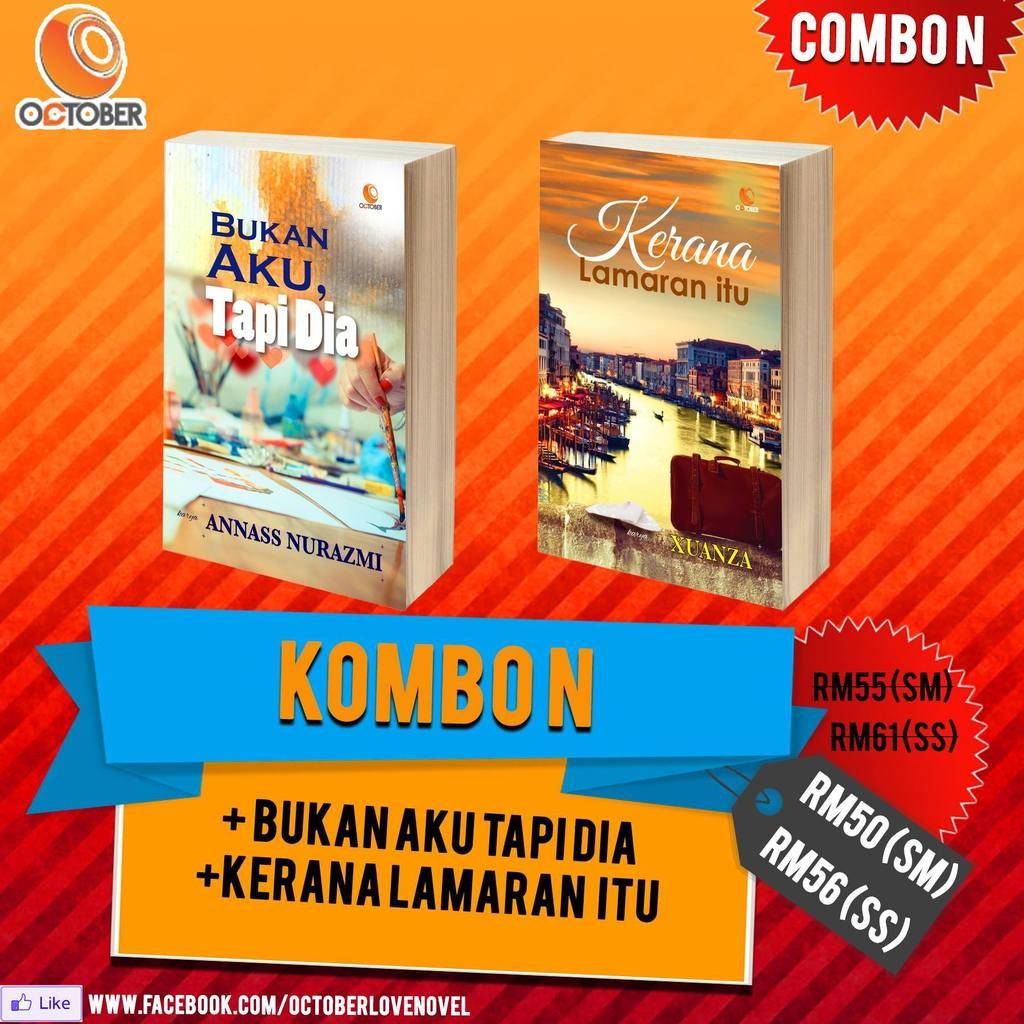
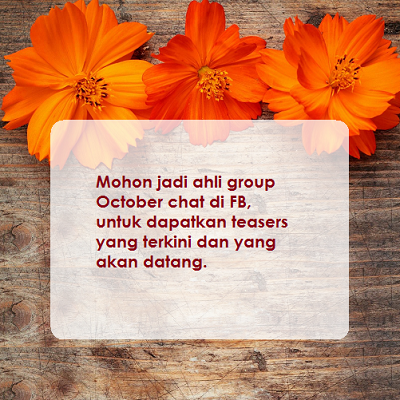

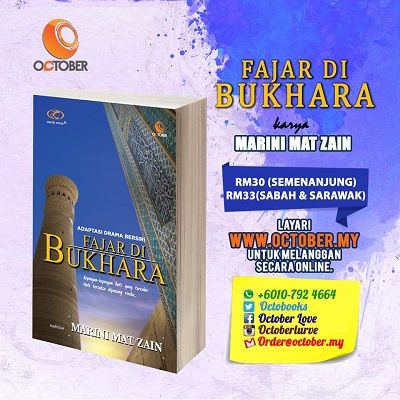
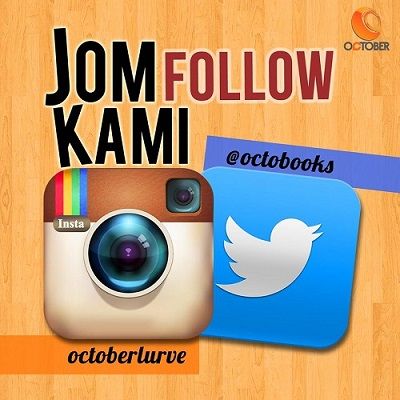
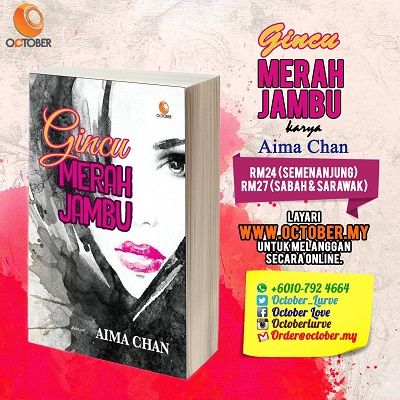
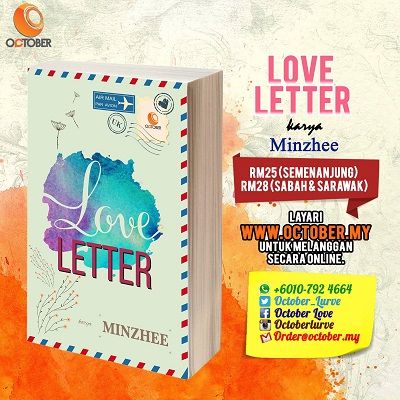




0 comments:
Post a Comment